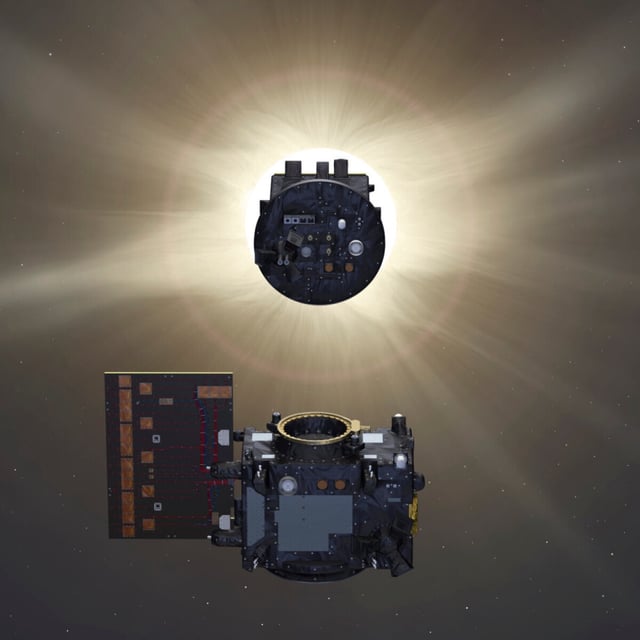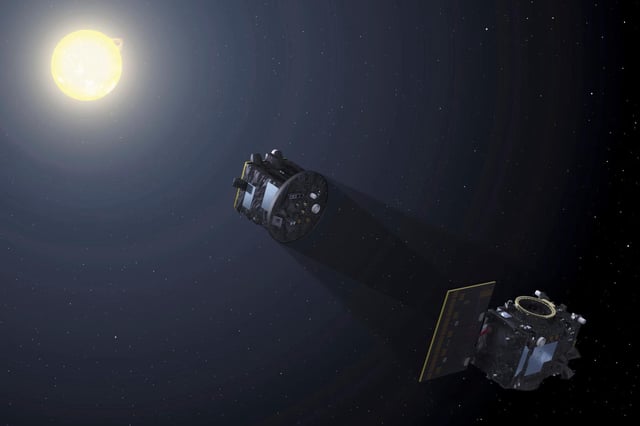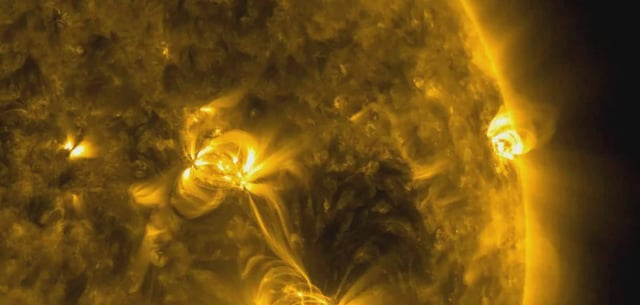Overview
- Since March, Proba-3 has produced more than ten artificial total eclipses, with the latest lasting five hours and efforts underway to achieve six-hour observation windows each 19.6-hour orbit.
- The Coronagraph and Occulter spacecraft maintain a 150-metre separation within one millimetre autonomously over several hours, validating ESA’s formation-flying technology.
- ASPIICS coronagraph has captured high-resolution images of the inner corona across multiple wavelengths, offering insights into solar wind acceleration and coronal mass ejections.
- The mission remains in commissioning as teams prepare for fully autonomous flight control to eliminate routine ground supervision of the satellites’ alignment.
- Early data are feeding models like KU Leuven’s COCONUT software to refine simulations and enhance forecasts of space weather impacts on Earth.



